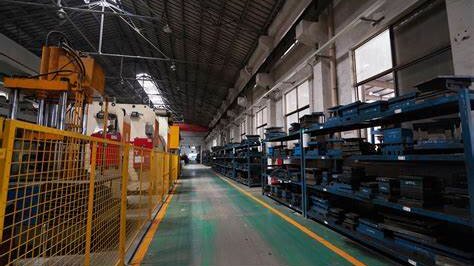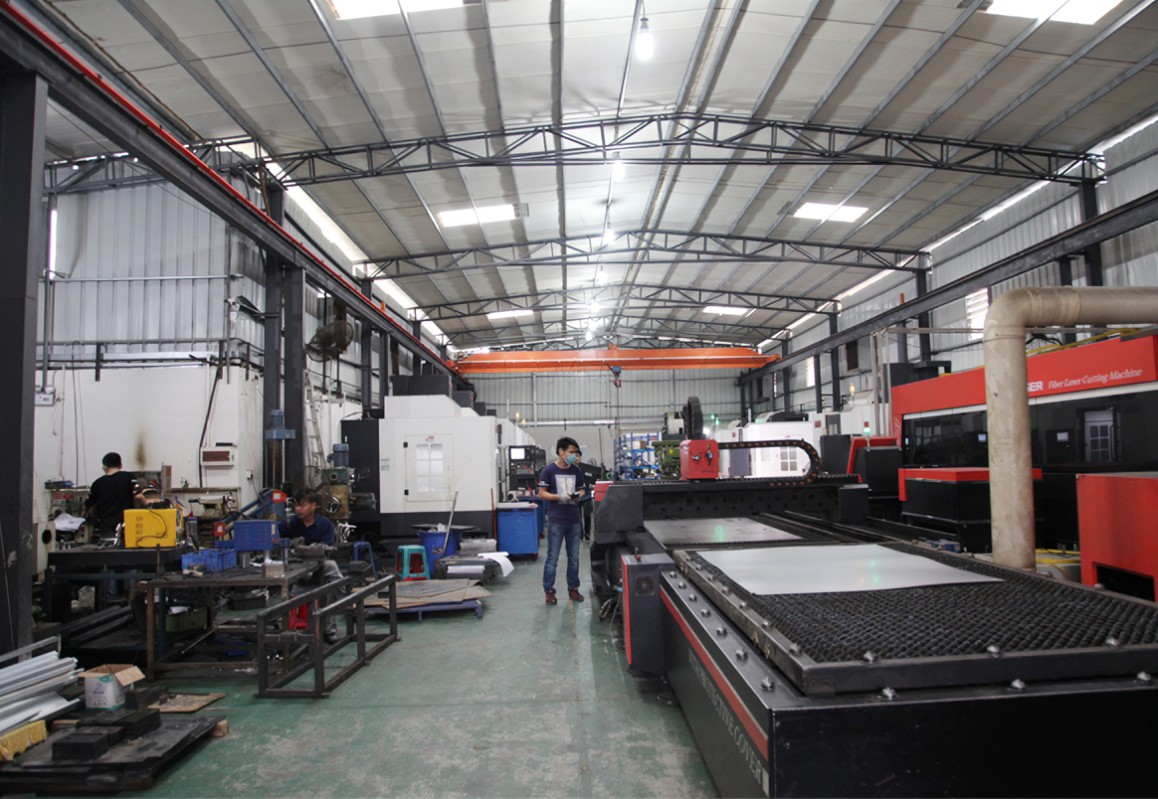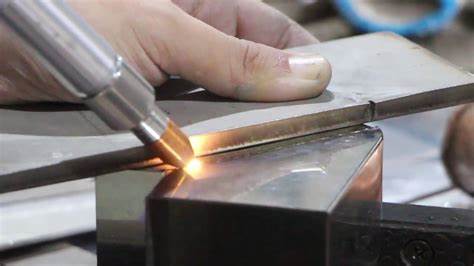Creating these metal art screens of art involves a meticulous process, relying on various cutting-edge machines and equipment, such as laser cutting machines, pipe bending machines, and laser welding machines.

1. Laser Cutting Process: Precision and Efficiency
Laser cutting machines are one of the most crucial pieces of technology in the production of metal art screens. This method offers unmatched precision, speed, and the ability to cut intricate patterns with ease.
Laser Cutting Machine: How It Works
A laser cutting machine uses a high-powered laser beam to cut through various materials, including metals like steel, aluminum, and stainless steel.
Cutting Process
In the case of customized metal art screens, the laser cutting machine follows the digital design to cut the material into the desired shapes. Since the design often involves complex patterns, the machine can make multiple passes to ensure that the cuts are clean and accurate.
Benefits of Laser Cutting for Metal Art Screens
Laser cutting provides several benefits, including:
High Precision: Laser cutting machines can produce complex and highly detailed patterns with millimeter-level accuracy.
Versatility: Laser cutting machines can cut through various materials, including different types of metals, with equal precision.
Minimal Material Waste: Laser cutting machines minimizes scrap materials due to its highly efficient cutting paths.
Clean Edges: The laser cutting machines results in clean, sharp edges, which are essential for the visual appeal of metal art screens.

2. Bending and Shaping: The Role of Pipe Bending Machines
After the initial cutting phase, the next step involves pipe bending and shaping the metal into the required form. Pipe bending machines, also known as tube bending machines, play a significant role in this phase, particularly when the design requires curved or rounded elements.
Understanding Pipe Bending Machines
A pipe bending machine is designed to bend metal pipes or tubes into different shapes without compromising the structural integrity of the material. The pipe bending machine uses hydraulic or mechanical force to bend the material, which is placed over a die. The pipe bending machine can bend pipes and tubes in various angles and radii to match the design specifications.
Bending Metal for Art Screens
In the creation of customized metal art screens, pipe bending machines are often used for elements that require curves or circular designs, such as the framing of the screen or decorative accents.
Types of Bending Machines
There are several types of pipe bending machines used in the industry:
Mandrel Benders: These pipe bending machines are used for creating tight-radius bends without collapsing the pipe’s interior, which is important for maintaining the integrity of the material.
Rotary Draw Benders: These pipe bending machines allow for more precise bends in thick-walled pipes, which is often required in high-end art installations.
Compression Benders: These are used for larger, less complex bending needs, providing cost-effective solutions for simpler designs.
The Advantages of Pipe Bending in Art Screens
The ability to bend metal pipes with precision allows manufacturers to create more dynamic and intricate designs.
3. Laser Welding: Joining the Pieces Together
Laser welding technology has revolutionized the welding process, especially in the field of customized metal art screens, offering faster, more precise, and cleaner welds than traditional methods.
The Technology Behind Laser Welding
Laser welding involves using a focused laser beam to join metal pieces together.
Benefits of Laser Welding in Art Screen Production
Laser welding offers several key benefits in the production of customized metal art screens:
Precision: Laser welding allows for highly accurate joints, even on delicate or intricate designs.
Minimal Distortion: The focused heat of the laser reduces the risk of material distortion, ensuring that the artwork maintains its intended shape.
Clean Welds: The laser welding process produces clean and aesthetically pleasing welds with minimal visible seams, which is particularly important for art installations where the final look is paramount.
Welding Process in Metal Art Screen Fabrication
The laser welding joints in customized metal art screens are typically used to connect different panels or elements of the screen.
Quality Control and Finishing
After the laser welding process, the laser welding machine joints are inspected for strength, appearance, and integrity.

Conclusion
The process of creating customized metal art screens involves a blend of artistic vision and cutting-edge technology. Laser cutting, pipe bending, and laser welding technologies not only provide unparalleled precision but also allow manufacturers to push the boundaries of design and creativity. Whether you're looking for a modern partition or a decorative art piece, the integration of these advanced manufacturing processes ensures that every metal art screen is crafted with the highest level of quality and attention to detail.

